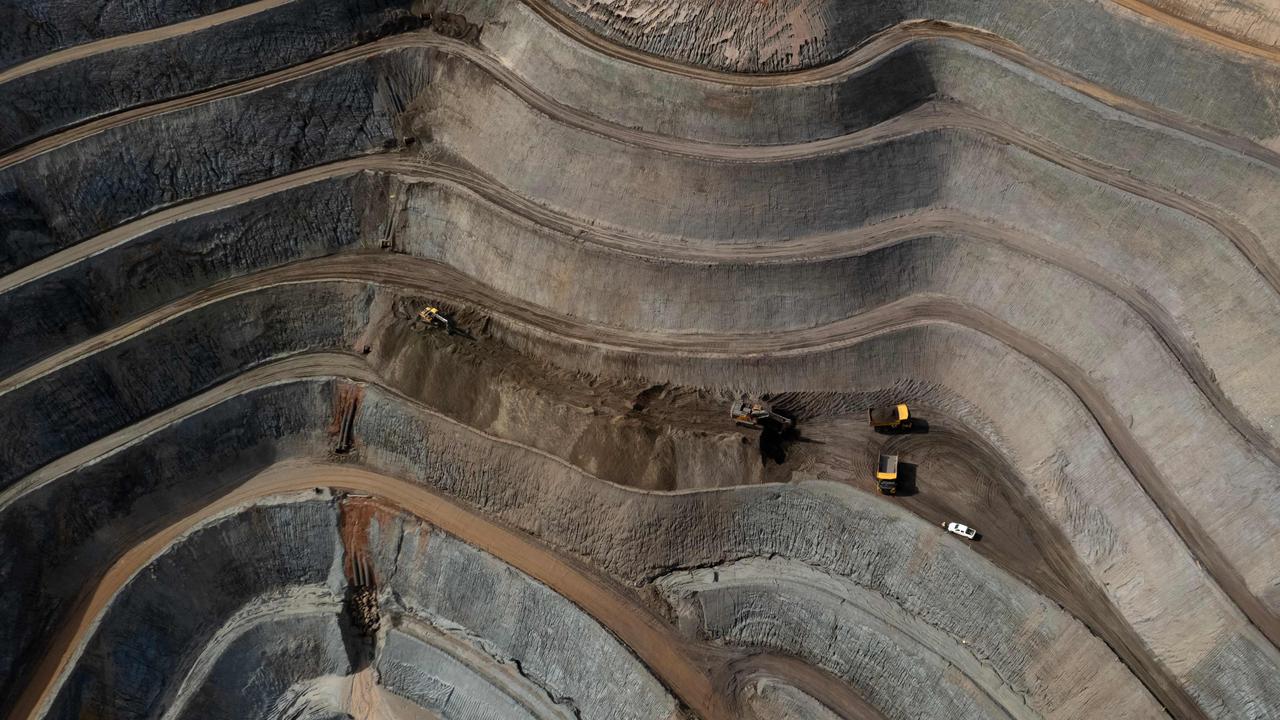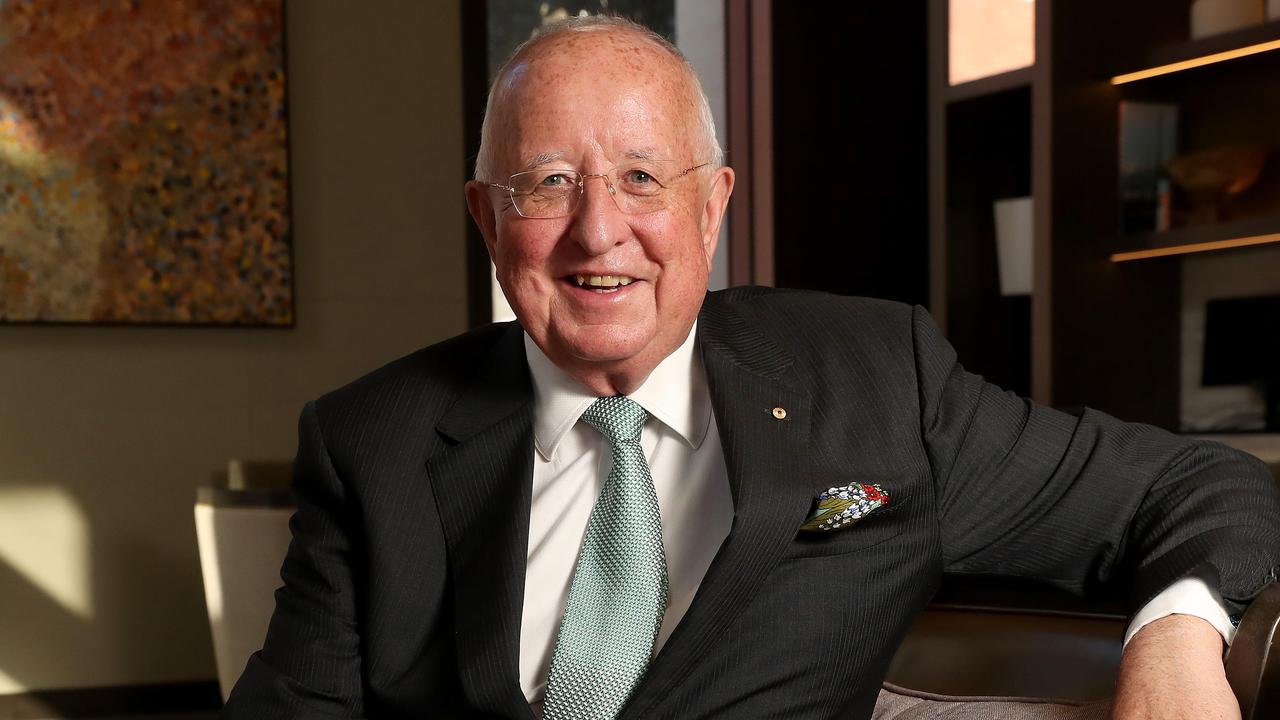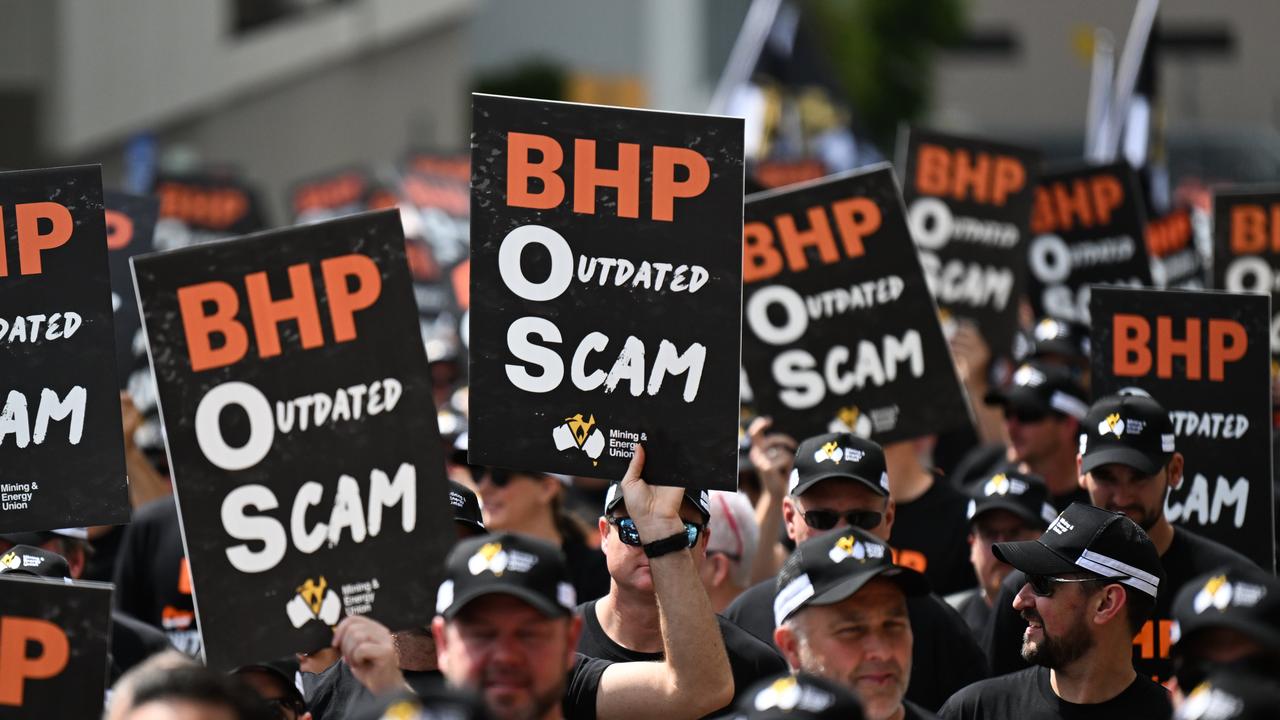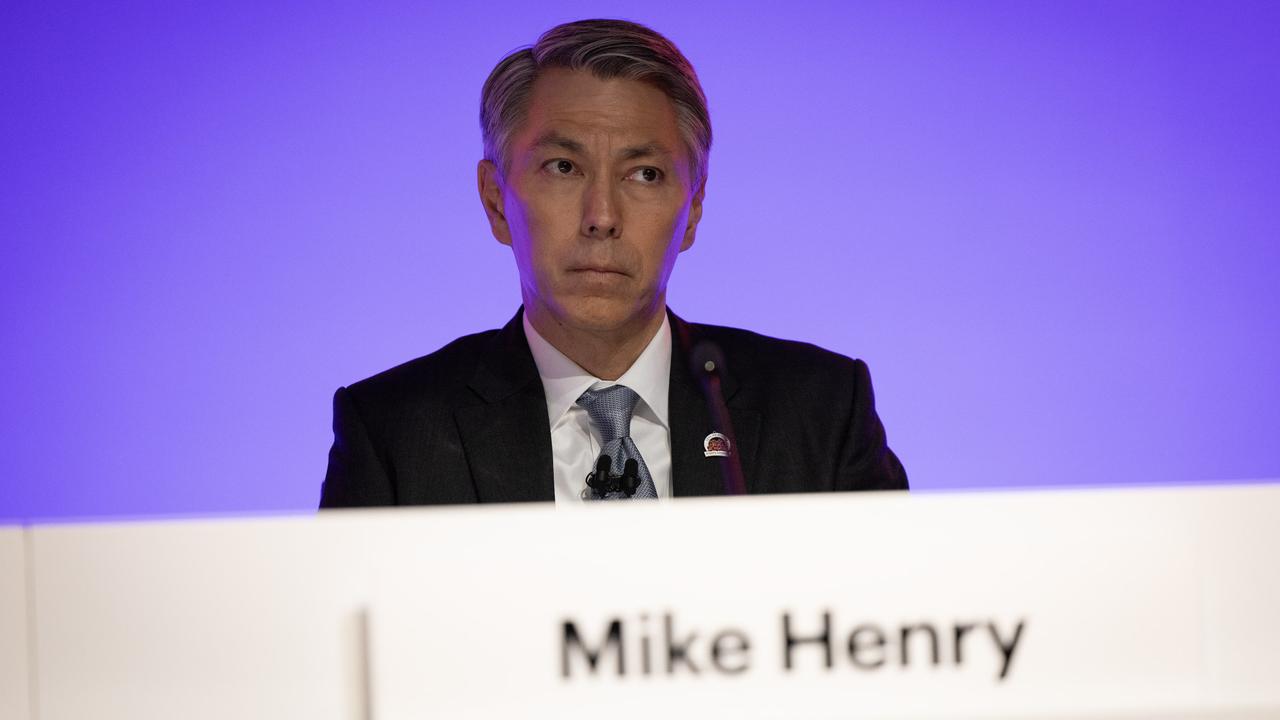Japan makes $10 billion move on Australia
Things were not looking good for Australia’s biggest money spinner, but now there’s new severely cashed-up nation on the scene.
It has been a wobbly couple of years for the Australian economy as our biggest export — of crucial importance to our superannuation funds and the national budget — faces an uncertain future.
Global trade appears to be becoming more tenuous than ever as Donald Trump ushers in a new era of protectionism and tariffs, while China’s economy looks to be faltering.
Australia had a golden run of nearly two decades selling iron ore to China, which it used to expand its manufacturing and property sectors as it aimed to become the biggest economy in the world.
This meant Aussie mining companies were making bulk cash and were able to build huge new mines, mainly in WA’s Pilbara region, to feed China the ore it craved.
These corporations — three of which are the ASX’s 10 most valuable companies — shipped $138 billion of iron ore in the 2024 financial year. That’s 50 per cent more than our next biggest export, coal, and double the third-biggest, natural gas.

This money is a big deal for every Australian as the government closely watches the iron ore profits to determine how much it can spend on the vital services we all use in its budget, not to mention the hit to your super balance if these colossal companies take a hit.
The golden run that ensured our prosperity looks as if it is coming to an end. Not only has China’s economy been sputtering along at an underwhelming pace, its economic model is shifting to services and away from heavy investment and housing construction. It is also experimenting with new steelmaking techniques that could make it less reliant on Aussie ore.
Add this to the spectre of tariffs and trade wars, and it’s no wonder mining companies are having a tough time in the share market.
A saviour emerges
In the past six months however, something very interesting has been happening in the Pilbara as a big new cashed-up investor looks to shake things up and counter the rise of China.
Japanese giant Mitsui has made the biggest investment in its 78-year history, paying $8.4 billion for a stake in the Rhodes Ridge iron ore project. This ensures the company will have guaranteed reserves of the resources to make steel and comes amid heightened cooperation between Canberra and Tokyo.
The two nations are working together to tackle the growing threat of China in the Pacific, and now Japanese corporations have their sights set on WA — buying $10 billion worth of coal and iron ore mines in the past six months.
Former Rio Tinto chief executive Sam Walsh, now a director of Mitsui, said the Rhodes Ridge deal was a “win-win for all parties involved”.

“It reflects well on the Australia and Japan relationship and certainly a great result in terms of moving the project forward,” Mr Walsh told the AFR.
Mitsui needs to wait five years and spend billions of dollars on building the mine before Rhodes Ridge produces its first ore in 2030.
Meanwhile, two Japanese companies, Nippon Steel and JFE Steel, snapped up $1.6 billion in stakes in Whitehaven Coal’s Blackwater mine last August. Additionally, Japanese energy utilities bought up $3.5 billion in natural gas assets last year. A year ago, Australian tech firm Altium was acquired by Japanese semiconductor company Renesas Electronics for $9.1 billion.
Concerning sign from Australia’s biggest miner
Australia’s largest miner will pay shareholders their lowest interim dividend in eight years.
Inflationary pressures were a central theme in BHP’s half-year results, posted on Tuesday.
BHP recorded a $US5.1bn ($A8bn) underlying profit for the first half of this financial year – down 23 per cent.
Weak iron ore prices and steelmaking coal prices hurt the multi-continental miner, but “productivity initiatives and cost discipline” – plus favourable foreign exchange changes – allowed the company to mitigate the global 3.7 per cent inflation rate.

Around the world, growth in services outpaced industrials — companies that make things — in 2024, leading to slowing commodity demands in many economies, according to BHP’s results.
“The impact of policy on trade and inflation remains a key uncertainty, particularly for the United States and its trade partners,” BHP says.
“Developed economies are expected to gradually recover, as interest rates continue to be lowered, with the US economy likely to outperform other developed markets.”
BHP expects India to remain the fastest-growing major economy, and after China met its economic growth targets, Beijing will use policy to support the economy and improve domestic demand in the near future.
“Inflation has eased across our major operating regions, but we still expect lingering labour market tightness to impact the mining sector’s cost base in the remainder of FY25,” BHP says.
As a result, BHP is offering a $US0.50 per-share dividend, its lowest interim payout since 2017.
Despite boosting the amount of iron ore and copper being produced, lower commodity prices pulled BHP’s profits down. Iron ore attracted about per 22 cent less per tonne, while coking coal made about 23 per cent less per tonne.
Saxo Singapore senior trader Junvum Kim said the 23 per cent profit slide highlighted an overreliance on Chinese demand.
“(BHP) CEO Mike Henry’s optimism about demand from other major economies provides some reassurance, but the challenges from declining commodity prices and Cyclone Zelia (in Western Australia) remain worrisome,” he said.

“Despite these issues, BHP’s continued low-cost production advantage and ambitious plans to expand to 330 million tonnes per annum demonstrate a strategic focus on resilience and growth, positioning the company to capitalise on future opportunities.”
Meanwhile, surging copper demand has pushed up Rio Tinto’s annual net profit and balanced out slumping prices for its key iron ore commodity, the mining giant reported on Thursday.
The British-Australian company touted its “resilient financials” as full-year results for 2024 showed a 15 per cent lift in net profit to US$11.6 billion.
Revenue dipped by one per cent to US$53.7 billion.
One of the biggest iron ore miners in the world, Rio Tinto has been heavily impacted by China’s unfolding property crisis and its sagging appetite for steel.
Iron ore prices dropped 11 per cent by the end of December 2024, the company said.
Rio Tinto said this had been offset in part by higher prices for copper, a coveted metal used in everything from electrical wiring to rechargeable batteries.
“We continue to build on our momentum with another set of strong operational and financial results,” said chief executive Jakob Stausholm.
More Coverage
“We will remain disciplined in the short, medium and long term, while paying attractive returns to shareholders.”
Rio Tinto said that average prices for the sale of copper on the London Metal Exchange were eight per cent higher.
The miner also stated that copper production from its Oyu Tolgoi mine in Mongolia will be further ramped up in the coming years.






